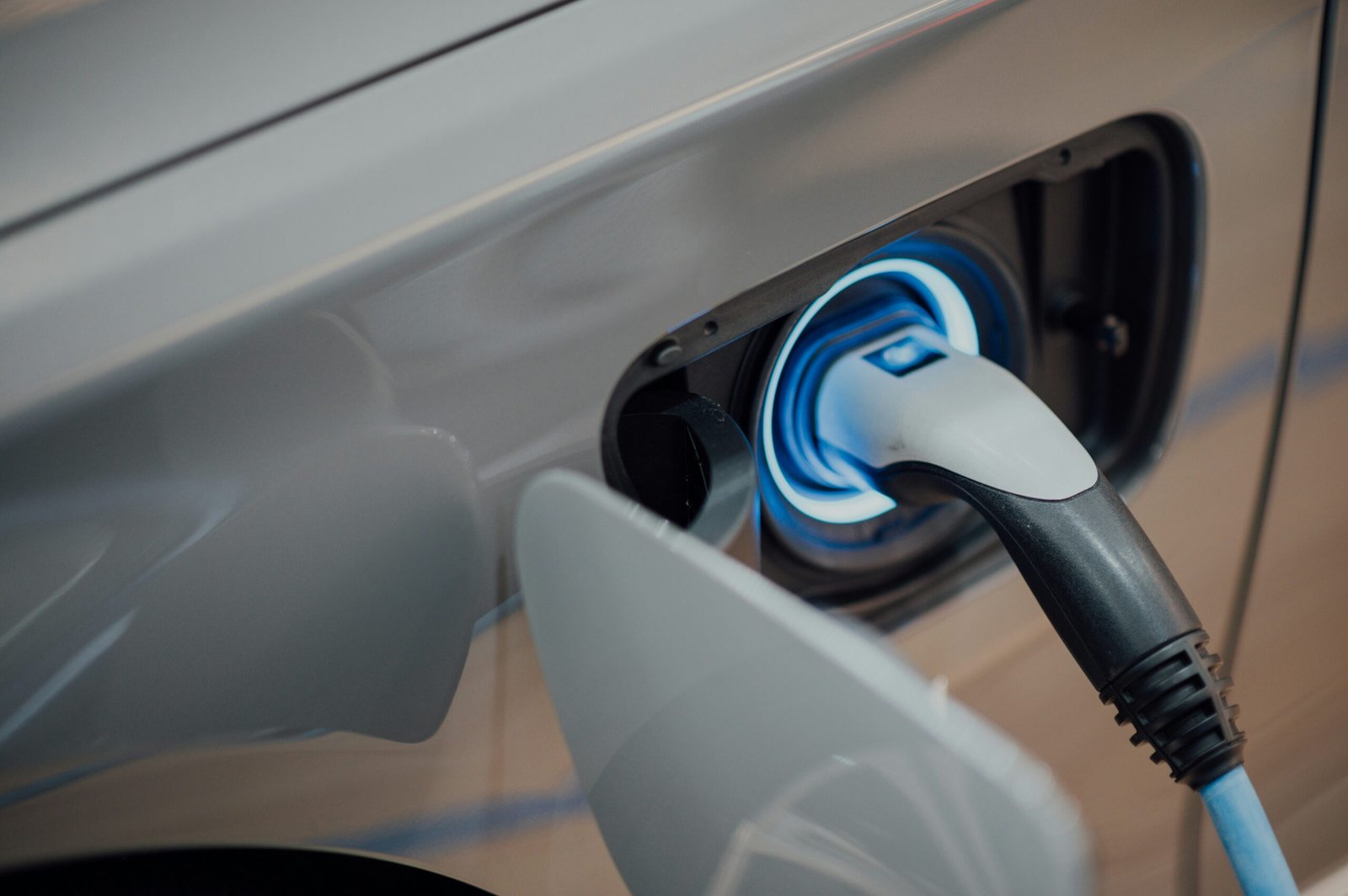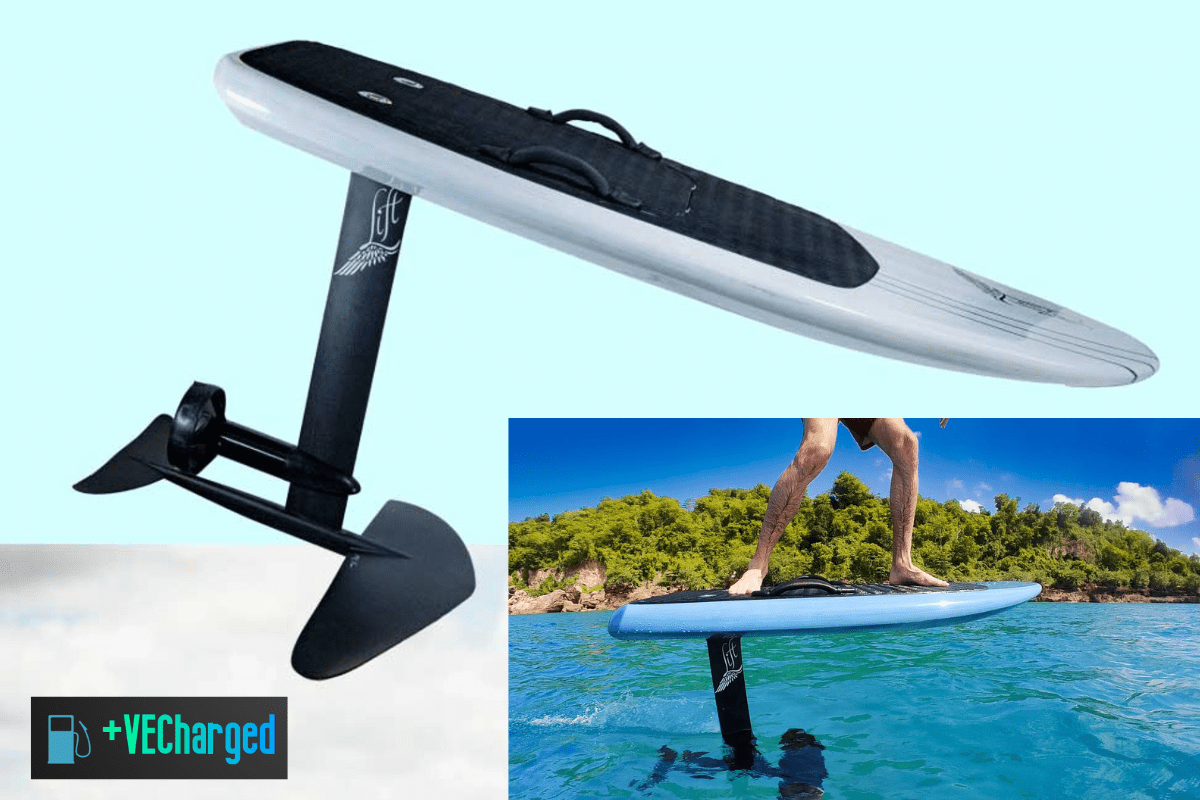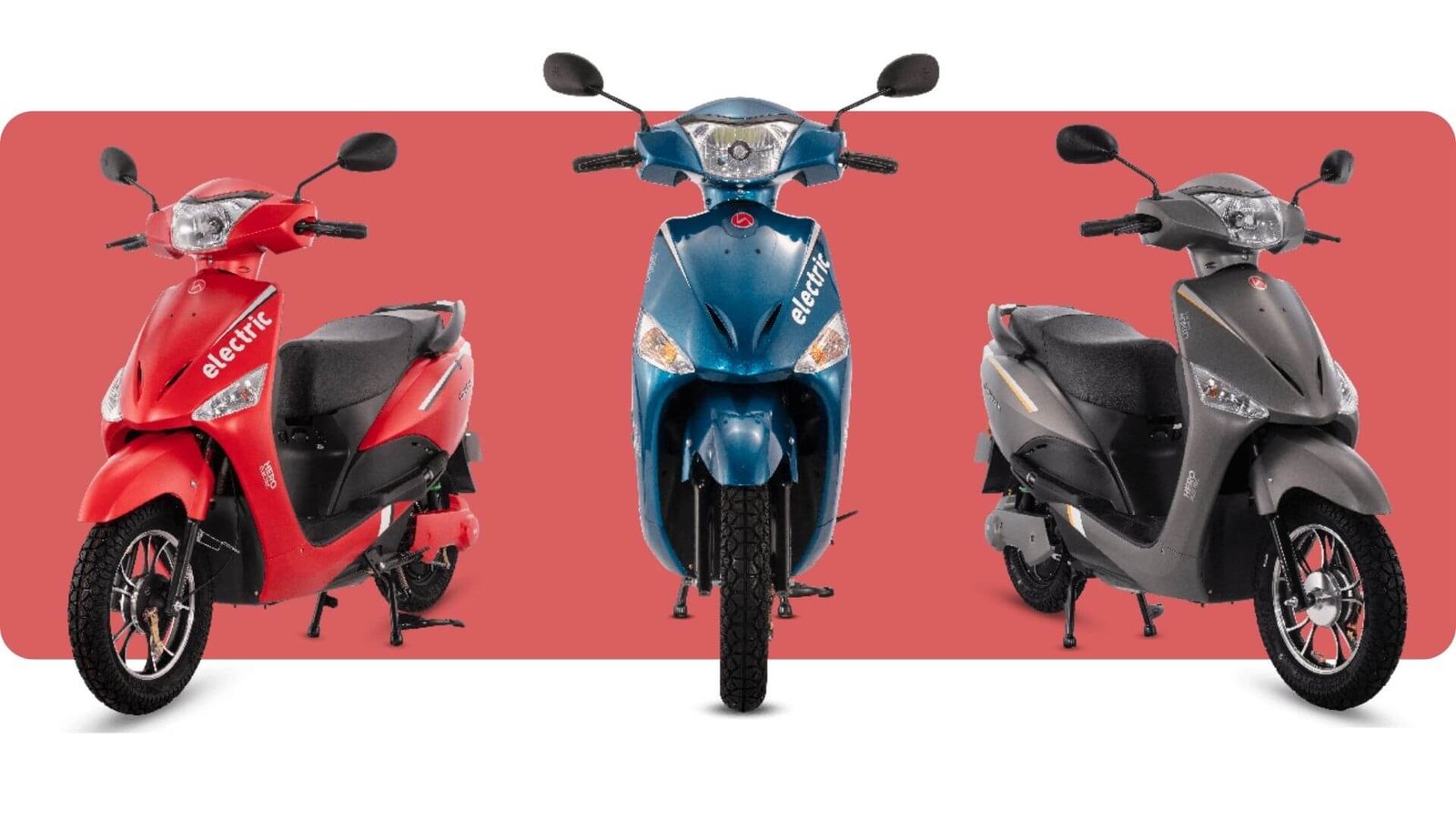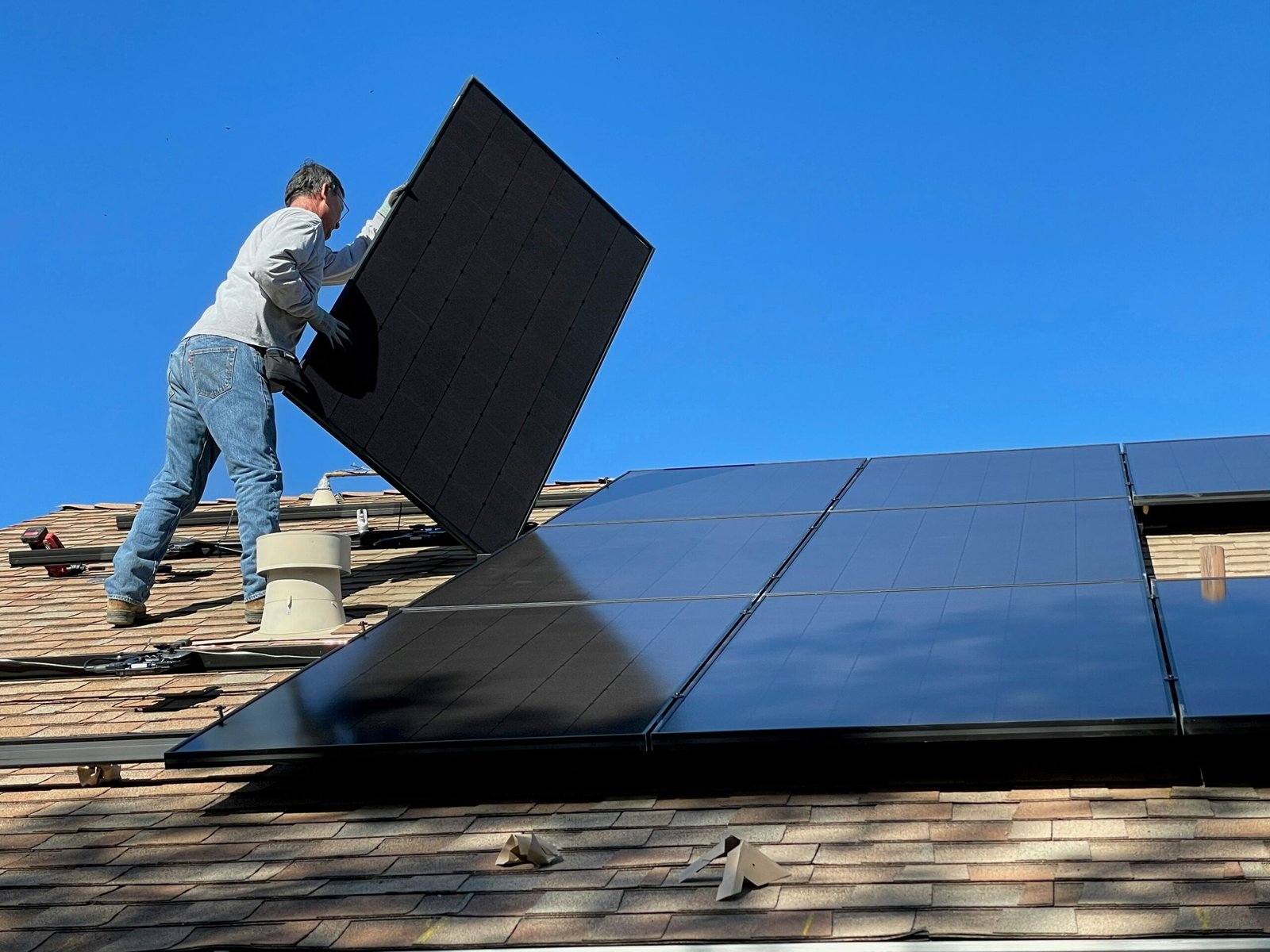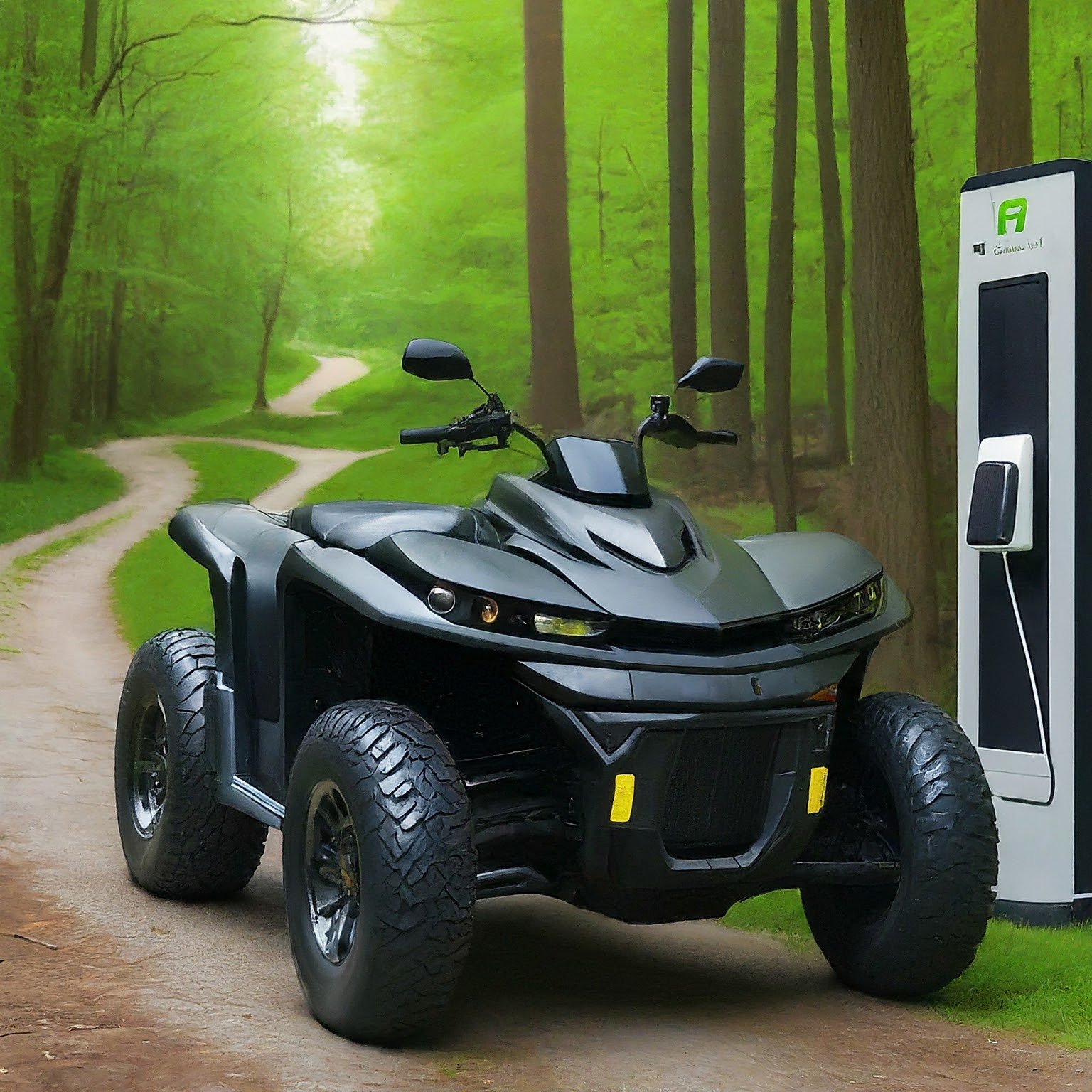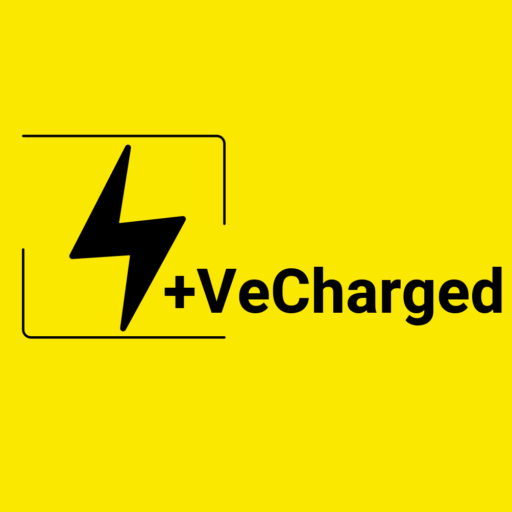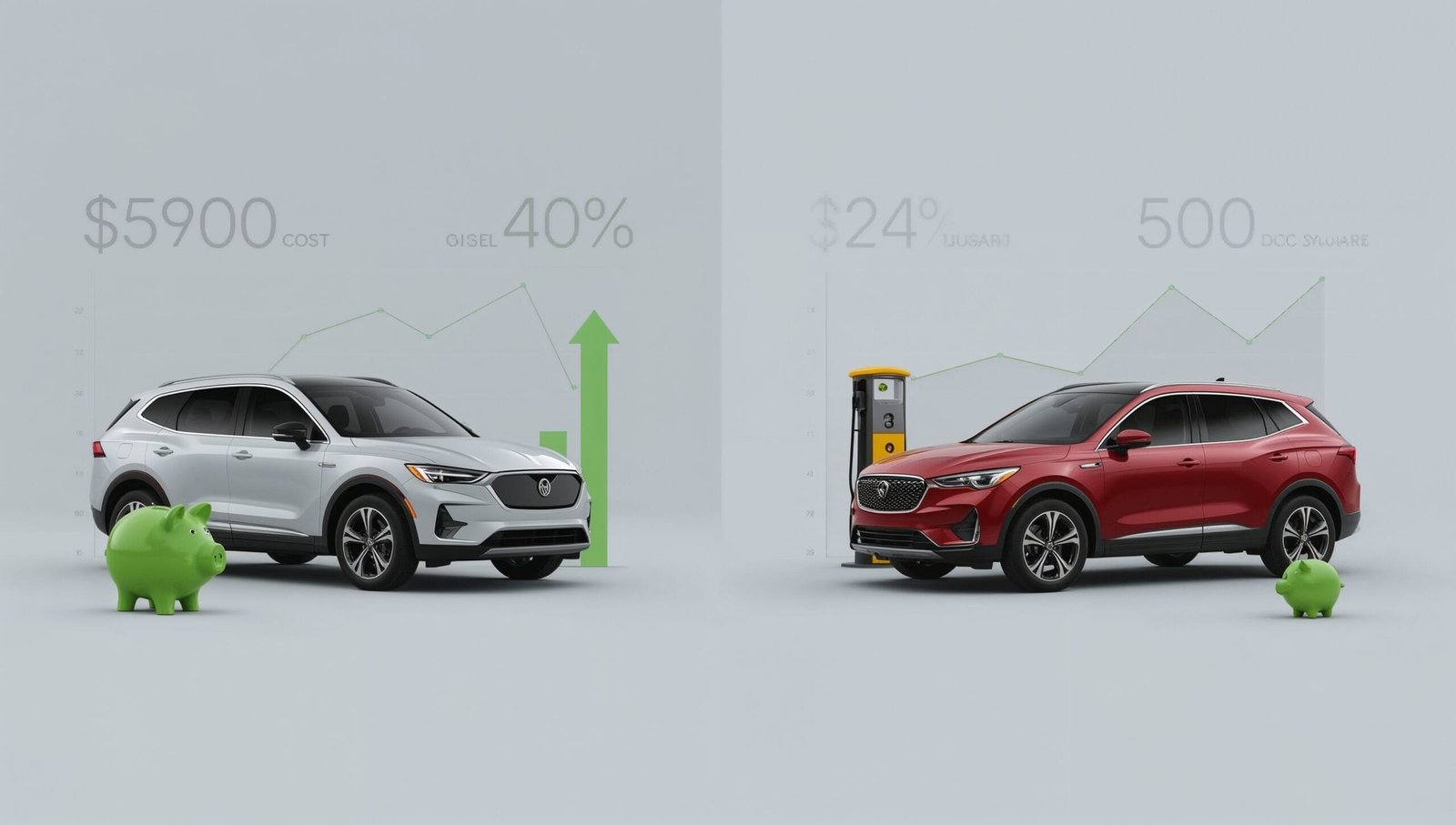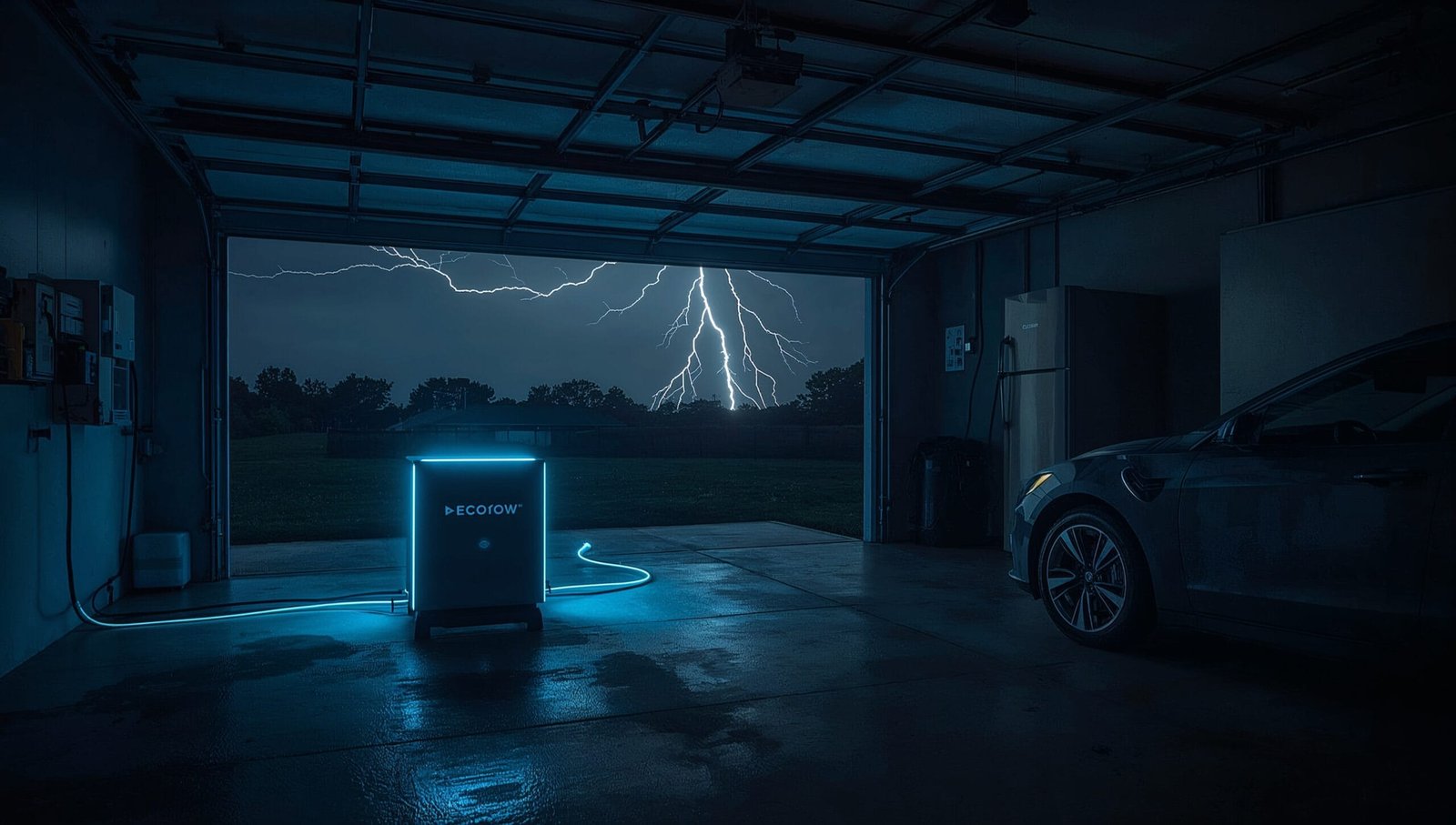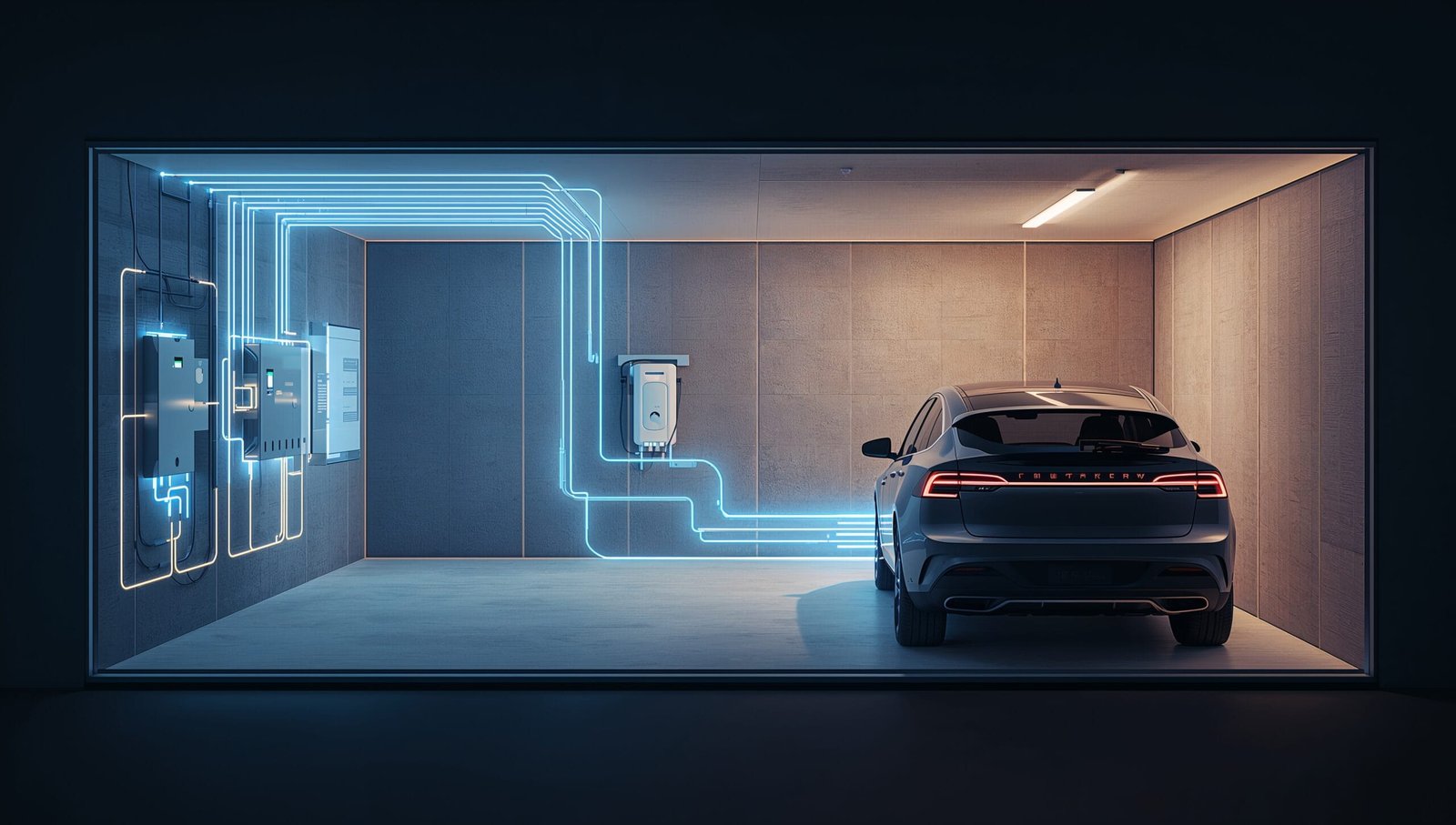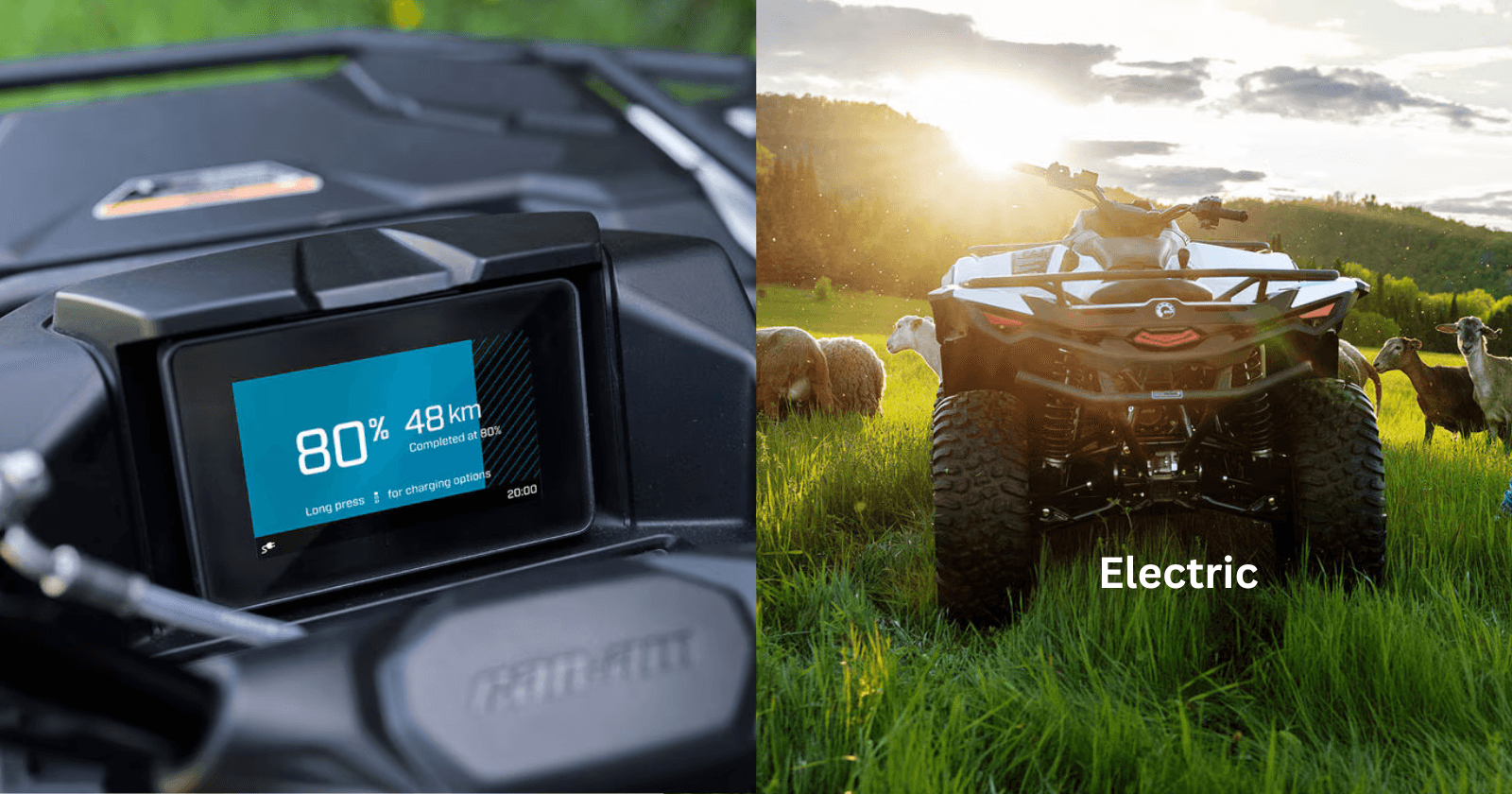Introduction: Ending the Confusion Around Home EV Chargers
Choosing the right home EV charger can feel overwhelming. Different voltage standards, charging speeds, safety considerations, installation costs, and government incentives vary widely across regions—especially the US, UK, and Australia. At Vecharged, we understand your frustration with generic lists that don’t reflect your specific situation. This definitive guide cuts through the noise to give you clear, personalized recommendations based on your location, vehicle, and home setup.
Why This Guide Matters
- Save time and money by choosing the charger built for your region and needs.
- Avoid costly mistakes like incompatible plugs or insufficient power delivery.
- Unlock incentives and installation best practices unique to your country.
- Use our interactive tool to get your exact charger match in seconds.
Understanding Home EV Charging Basics
What Is a Home EV Charger?
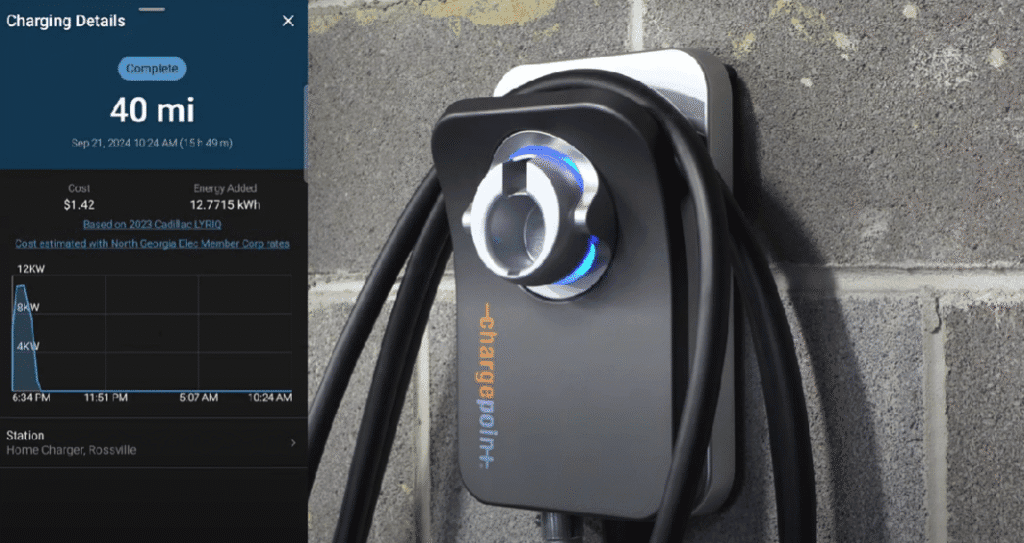
A home EV charger is a device that safely supplies electricity to your electric vehicle from your home power source. The most common types include Level 1 (slow), Level 2 (fast), and occasionally DC fast chargers for specific setups.
Critical Factors to Consider
- Voltage & Amperage: Compatibility with your home electrical system (e.g., 120V vs 240V, single vs three phase).
- Charging Power (kW): Determines how fast your EV charges.
- Plug Type & Compatibility: Must match or adapt to your vehicle’s inlet.
- Smart Features & Apps: Monitoring, scheduling, vehicle diagnostics.
- Installation Requirements & Costs: Vary significantly by region and electrical infrastructure.
- Safety & Certification: UL, CE, or regional compliance.
Top Home EV Chargers by Region
United States
Key Specs:
- Typical Voltage: 240V (Level 2)
- Common Standards: NEMA 14-50 outlet, SAE J1772 plug
- Popular Brands: ChargePoint, JuiceBox, Tesla Wall Connector, Siemens
- Incentives: Federal tax credits up to 30%, additional state rebates (e.g., California’s EV rebate)
Top Picks:
| Charger | Power (kW) | App Features | Price (USD) | Warranty | Notes |
|---|---|---|---|---|---|
| JuiceBox 40 | 10 | Scheduling, Usage | $600 | 3 years | Smart, compact |
| Tesla Wall Connector | 11.5 | Vehicle Sync | $600 | 4 years | Only for Tesla cars |
| ChargePoint Home Flex | 12-50 | Flexible Power | $700 | 3 years | Adjustable amperage |
[Expert Take]: The JuiceBox offers best balance of cost and features for most Americans, while Tesla owners benefit from Wall Connector integration.

United Kingdom
Key Specs:
- Voltage: 230V single phase
- Common Plug: Type 2 (Mennekes)
- Popular Brands: Rolec, Pod Point, EO Charging, myenergi
- Incentives: EV Chargepoint Grant reduces costs by up to 75% (max £350)
Top Picks:
| Charger | Power (kW) | App Features | Price (GBP) | Warranty | Notes |
|---|---|---|---|---|---|
| Pod Point Solo | 7 | App, Smart Charging | £420 | 2 years | Widely used public brand |
| Rolec WallPod | 22 | Manual scheduling | £600 | 3 years | High power home/work |
| myenergi Zappi | 7 | Solar integration | £700 | 3 years | Best for solar users |
[Expert Take]: The UK market favors integrated smart chargers with solar compatibility due to rising solar adoption.
Australia
Key Specs:
- Voltage: 230V single phase (common), some three phase industrial options
- Plugs: Type 2 standardizing rapidly
- Popular Brands: Tritium, Wallbox, ABB, Zappi
- Incentives: Vary by state; Victoria offers $1,500 subsidy for home chargers
Top Picks:
| Charger | Power (kW) | App Features | Price (AUD) | Warranty | Notes |
|---|---|---|---|---|---|
| Tritium Veefil | 7.4 | Remote Control | $1,200 | 3 years | Australian engineering leader |
| Wallbox Pulsar Plus | 7.2 | Smart scheduling | $1,100 | 3 years | Compact and highly rated |
| ABB Terra AC | 22 | Enterprise level | $2,500 | 3 years | For high power and commercial use |
[Expert Take]: Australians benefit from a mix of locally produced and trusted global brands; subsidies tip the balance for premium options.
Installation Costs, Safety & Incentives Across Regions
United States
Home EV charger installation typically costs between $500 and $2,000, depending on your home’s electrical panel and wiring upgrades. Many states offer additional rebates beyond the federal 30% tax credit on charger and installation costs. Always hire a licensed electrician to ensure safety and code compliance.
United Kingdom
The UK government’s EV Chargepoint Grant can cover up to 75% of purchase and installation costs (max £350) for renters and apartment dwellers. Installation costs vary but generally range from £300 to £1,000 depending on home wiring and chargepoint choice. Chargers must meet CE and UK safety standards.
Australia
Installation expenses vary by state and electrical setup, ranging from AUD 800 to AUD 2,500 for most residential chargers. Some states (like Victoria and Western Australia) provide rebates and subsidies to incentivize home charger installations. Certified electricians and adherence to local wiring rules are essential for safety.
What You Really Need to Know About Home EV Charging
- Charging speed depends on both your charger’s power rating (kW) and your EV’s onboard charger capacity.
- Installing a Level 2 charger is the most common choice for daily home charging and offers fast, convenient top-ups.
- Smart chargers save money by charging during off-peak hours or using excess solar power.
- Confirm plug compatibility with your vehicle—Tesla vehicles often require adapters for public and home chargers.
- If living in apartments or condos, explore community charging options or incentives for shared chargers.
Frequently Asked Questions (FAQ)
Q: Can I install the EV charger myself?
A: Most homes require a professional electrician due to electrical code compliance and safety risks.
Q: How long does it take to install a home charger?
A: Installation can take a few hours to a day depending on wiring complexity.
Q: Will installing a home charger increase my electric bill?
A: Yes, charging your EV adds electricity consumption, but rebates, net metering, and time-of-use pricing can offset costs.
Q: What’s the difference between Level 1 and Level 2 charging?
A: Level 1 uses regular household outlets (slow charging). Level 2 uses specialized chargers with higher power (faster charging).
Q: Is solar integration worth it with an EV charger?
A: If you have rooftop solar, integrating it with a smart charger maximizes free charging and reduces grid dependence.
Final Thoughts: Charge Smart, Live Electric
Choosing the right home EV charger tailored to your region, vehicle, and home setup transforms your EV ownership experience. Use the tool above to narrow your options, find incentives, and prepare for installation confidently.
Embrace clean, convenient, and cost-effective electric driving—starting with the perfect charger designed just for you.



